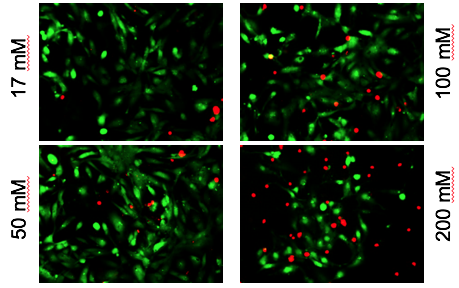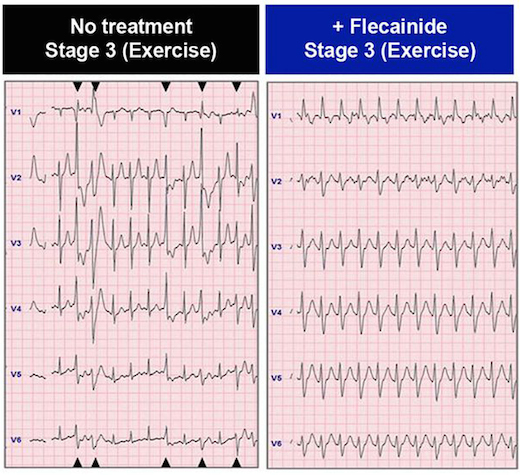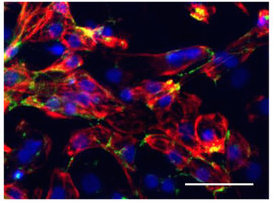Emory is full of fledgling biomedical proto-companies. Some of them are actual corporations with employees, while others are ideas that need a push to get them to that point. Along with the companies highlighted by the Emory Biotech Consulting Club, Dean Sukhatme’s recent announcement of five I3 Venture research awards gives more examples of early stage research projects with commercial potential.
This is the third round of the I3 awards; the first two were Wow! (basic discovery) and Synergy II/Nexus (promoting interdisciplinary collaboration). For the five Venture awards, the Dean’s office is providing a total of $100,000. The companies will then use the momentum to seek larger amounts of funding from various sources. Lab Land is still collecting information on the projects:
| Faculty | Name | Technology | Relevant links |
| Ray Dingledine + Thota Ganesh | Pyrefin | EP2 receptor antagonists vs epilepsy, pain, inflammation | New class of potential drugs inhibits inflammation in brain |
| Mark Goodman, W. Robert Taylor | Microbial Medical | PET imaging agent for detection of bacterial infections | Spoonful of sugar helps infection detection |
| Carlos Moreno + Christian Larsen | ResonanceDx | Miniaturized rapid creatinine test for point of care use | |
| Edmund Waller + Taofeek Owonikoko | Cambium Oncology | Enhancing responsiveness of pancreatic cancer to immunotherapy | The Company’s lead compound was effective in animal studies for pancreatic cancer, melanoma, leukemia and lymphoma. |
| Chunhui Xu | TK | High-throughput screening for antiarrhythmic drugs using cardiomyocytes | Fetal alcohol toxicity – in a dish // Cardiac ‘disease in a dish’ models advance arrhythmia research |









